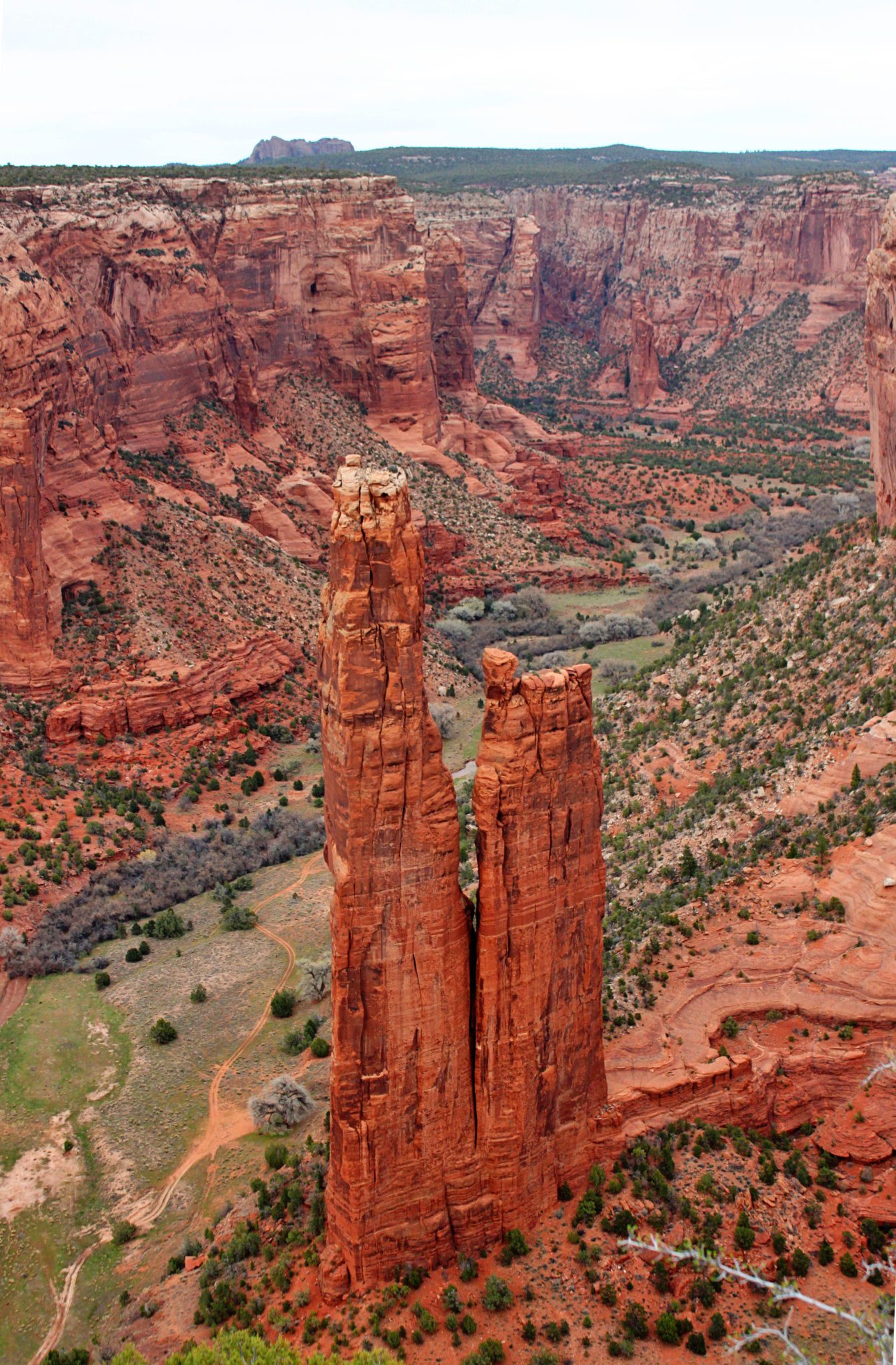
The Scarred Sanctuary: Unearthing the Legend of Battle Canyon de Chelly
The crimson walls of Canyon de Chelly rise like ancient sentinels, silent witnesses to millennia of human history etched into their very fabric. In this sacred heart of the Navajo Nation, where ancestral Puebloan cliff dwellings cling precariously to sun-baked ledges and the murmur of life flows through the cottonwood-lined riverbed, lies a legend – not of mythical beasts or fantastical quests, but of survival, immense suffering, and an unyielding spirit. This is the legend of Battle Canyon de Chelly, a chapter in American history often overlooked, yet one that profoundly shaped a people and left an indelible mark on the landscape of Arizona.
To call it a "battle" in the traditional sense might be a misnomer, for what transpired in the unforgiving winter of 1863-1864 was less a pitched engagement and more a systematic campaign of scorched earth, starvation, and forced removal. Yet, for the Diné, the Navajo people, every desperate choice, every frozen step, every lost life in that brutal season was a battle for their very existence. The canyon, their spiritual home and ancestral stronghold for centuries, became the epicenter of a tragedy that would forever be known as Hwéeldi – The Long Walk.
The Sacred Redoubt: Canyon de Chelly’s Enduring Allure

Canyon de Chelly, now a National Monument co-managed by the National Park Service and the Navajo Nation, is not merely a geological wonder. It is a living, breathing landscape steeped in reverence. For over 5,000 years, its fertile floor and protective cliffs have provided sustenance and shelter. Ancient petroglyphs whisper stories of hunts and ceremonies, while the ruins of Mummy Cave and White House Ruin stand as testaments to the Ancestral Puebloans who predated the Navajo, themselves seeking refuge in its embrace.
When the Navajo arrived, they wove themselves into the canyon’s tapestry, developing an intimate knowledge of its every crevice, its hidden springs, its seasonal rhythms. They farmed its fertile soil, grazed their sheep, and built their hogans – traditional earthen homes – among the cottonwoods. The canyon was their sanctuary, a natural fortress that had, for generations, protected them from invaders, be they rival tribes or Spanish conquistadors. Its towering walls, often reaching 1,000 feet, offered both spiritual solace and strategic defense, making it seem impregnable. This sense of security, however, was about to be shattered by the relentless march of American expansion and a policy of "pacification."
The Gathering Storm: Manifest Destiny and the "Navajo Problem"
By the mid-19th century, the United States, fueled by Manifest Destiny, was pushing westward with an insatiable hunger for land and resources. The newly acquired territories of the Southwest, including what would become Arizona and New Mexico, were home to numerous indigenous nations, including the Navajo. For years, relations between the Navajo, other tribes, and encroaching American settlers and Mexican communities were a complex web of trade, raids, and retaliatory actions. Both sides contributed to cycles of violence.
However, with the establishment of Fort Wingate and Fort Defiance, and the increasing presence of the U.S. Army, the balance of power shifted decisively. The Navajo, a highly mobile and independent people, were perceived by some American officials as an obstacle to progress, a "wild and intractable" people who needed to be "civilized" or, failing that, removed.
The architect of this policy was Brigadier General James Carleton, commander of the Department of New Mexico. Carleton, a zealous proponent of ethnic cleansing, believed that the only way to achieve lasting peace and allow for American settlement was to entirely remove the Navajo from their ancestral lands and resettle them on a distant reservation. His chosen site was Bosque Redondo, a desolate tract of land near Fort Sumner in eastern New Mexico, hundreds of miles from their homeland.
Carleton’s infamous declaration left no room for doubt: "The Navajo are a wild and intractable people… there can be no lasting peace with them until they are entirely removed from the country." To achieve this, he turned to Colonel Kit Carson, a legendary frontiersman known for his skill as a scout and his brutal effectiveness in military campaigns against Native Americans.
Kit Carson’s Campaign: The Winter of Desperation

Carson, despite his previous friendly relations with some Navajo, was given orders that were chillingly clear: "kill all male Indians whom you may encounter, or who may be trying to escape." While the orders also allowed for the capture of women and children, the primary objective was to destroy the Navajo’s means of subsistence and force their surrender. Carleton specifically targeted Canyon de Chelly, understanding that it was the heart of Navajo resistance and refuge.
The campaign began in the fall of 1863, but it was in the brutal winter months of 1863-1864 that it reached its devastating climax. Carson’s troops, numbering around 1,000 men, a mix of New Mexico volunteers and U.S. Army regulars, systematically scoured the Navajo lands. Their strategy was not to engage in large-scale battles, which the elusive Navajo generally avoided, but to destroy everything: hogans were burned, peach orchards – a vital food source – were chopped down, fields of corn and squash were razed, and livestock were slaughtered or confiscated.
The canyon, once a sanctuary, became a trap. As winter deepened, temperatures plummeted, and snow blanketed the land, the Navajo who had sought refuge within its walls found themselves facing an impossible choice. With their food stores destroyed and their sheep gone, starvation and exposure became their most formidable enemies. Small skirmishes occurred as desperate groups tried to evade capture, but the sheer force of Carson’s scorched-earth tactics, combined with the merciless winter, proved overwhelming.
One particular incident, often referred to as "Battle Canyon" by some historians, involved a small group of Navajo warriors making a final stand at the mouth of the canyon, attempting to protect fleeing families. They fought bravely but were ultimately outmatched, suffering casualties before being forced to retreat or surrender. However, it was the relentless, grinding pressure of the campaign, rather than any single grand battle, that broke the Navajo’s will to resist.
By January 1864, Carson’s troops had penetrated deep into Canyon de Chelly, the first time a major U.S. military force had done so. They found evidence of long-term habitation but few large groups of people. The Navajo, facing starvation, began to emerge from their hiding places, surrendering in increasing numbers. The sight of their women, children, and elders, emaciated and freezing, broke the spirit of even the most defiant warriors. The legendary fortress had fallen, not to direct assault, but to the cold, the hunger, and the systematic destruction of their way of life.
Hwéeldi: The Long Walk to Bosque Redondo
The surrender at Canyon de Chelly marked the beginning of Hwéeldi, The Long Walk. Thousands of Navajo, estimated between 8,000 and 10,000, were forcibly marched hundreds of miles from their homeland to Bosque Redondo, a barren reservation in eastern New Mexico. The journey was a horrific ordeal. Many died from starvation, disease, and exposure. Those who fell behind were often shot or left to perish. It was a trauma that etched itself deep into the collective memory of the Navajo people.
Survivors recounted tales of unimaginable suffering. "Our tears made the mud," one elder famously described the journey, encapsulating the profound grief and physical hardship. At Bosque Redondo, conditions were equally dire. The land was infertile, the water brackish, and the promised provisions often failed to arrive. Disease ran rampant, and the Navajo were forced to live alongside their traditional enemies, the Mescalero Apache, leading to further conflict. The experiment was a catastrophic failure.
The Return and Enduring Resilience
Against all odds, the Navajo endured. After four years of suffering at Bosque Redondo, a new treaty was negotiated in 1868. Unlike most treaties of the era that pushed Native Americans further west, the Treaty of 1868 was unique: it allowed the Navajo to return to a portion of their ancestral lands, including Canyon de Chelly. This was a testament to their unwavering determination, their refusal to assimilate, and the sheer failure of the Bosque Redondo experiment.
The Long Walk back was another arduous journey, but this time, it was fueled by hope and the promise of home. They returned to a ravaged landscape, but they returned with their spirit intact. They rebuilt their homes, replanted their orchards, and revitalized their culture.
Canyon de Chelly Today: A Living Legend
Today, Canyon de Chelly stands as a powerful symbol of this enduring legacy. It is not just a place of ancient ruins and breathtaking scenery; it is a testament to the resilience of the Navajo people. Navajo families still live and farm on the canyon floor, continuing traditions passed down through generations. Their presence ensures that the canyon remains a living landscape, a sacred space where the past and present intertwine.
Visitors to Canyon de Chelly National Monument can gaze down from the rim drives, marveling at the sheer scale and beauty of the canyon. To truly experience its depth, however, requires a guided tour with a Navajo park ranger or a local Navajo guide, who can share not only the geological wonders but also the rich oral histories, the spiritual significance, and the profound stories of "Battle Canyon" and The Long Walk. These guides bridge the gap between tourist and pilgrim, offering insights into a culture that faced annihilation but refused to be broken.
The legend of Battle Canyon de Chelly is a complex and somber one, a reminder of the dark chapters in American history. Yet, it is also a legend of extraordinary courage, of the unbreakable bond between a people and their land, and of the power of resilience in the face of unimaginable adversity. The red walls of Canyon de Chelly continue to stand, scarred but strong, whispering the stories of the past to those who take the time to listen, ensuring that the sacrifices and triumphs of the Diné will never be forgotten. It is a legend that compels us to remember, to understand, and to honor the enduring spirit of America’s indigenous peoples.


